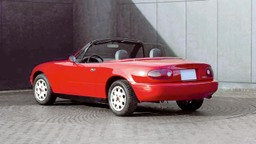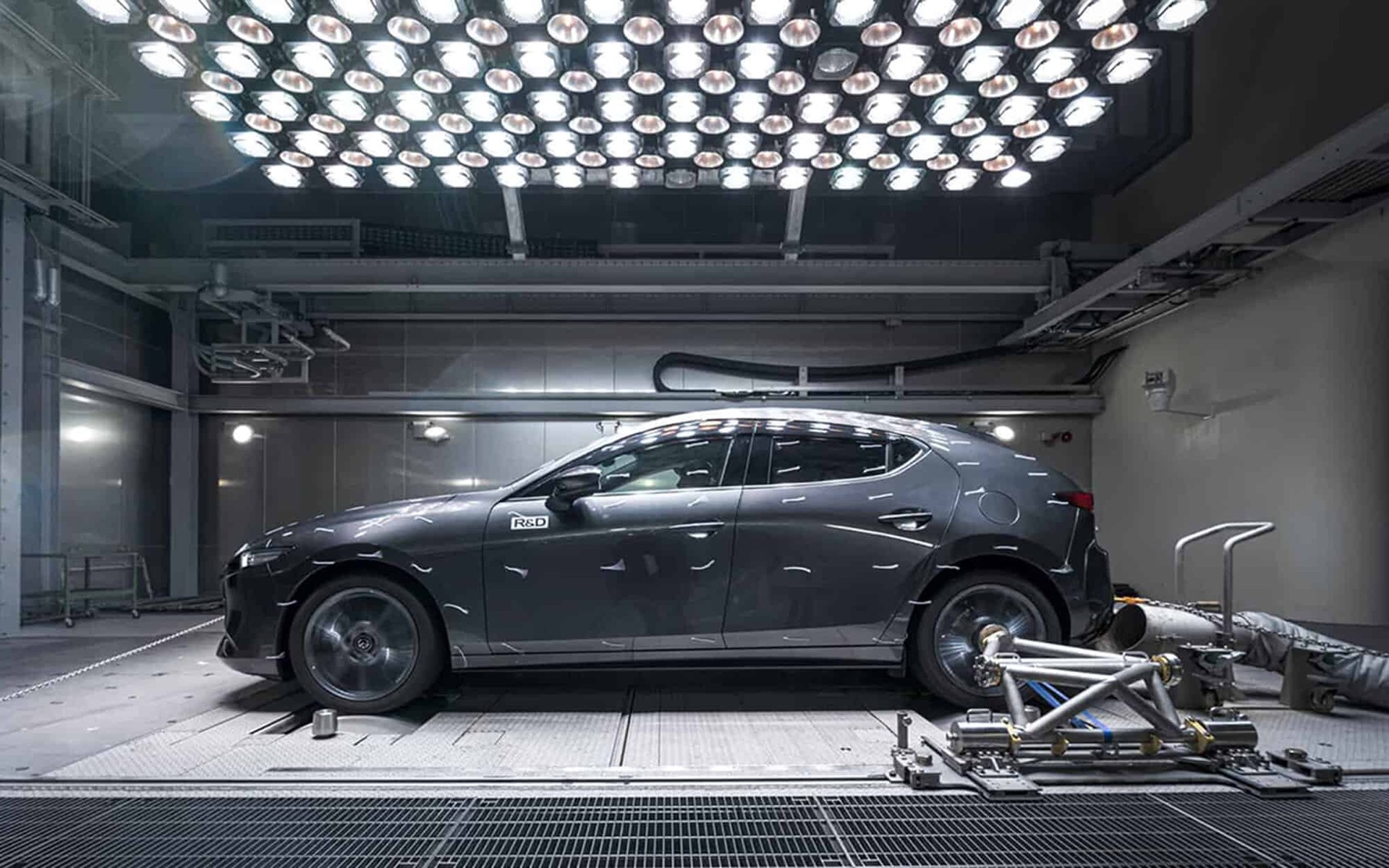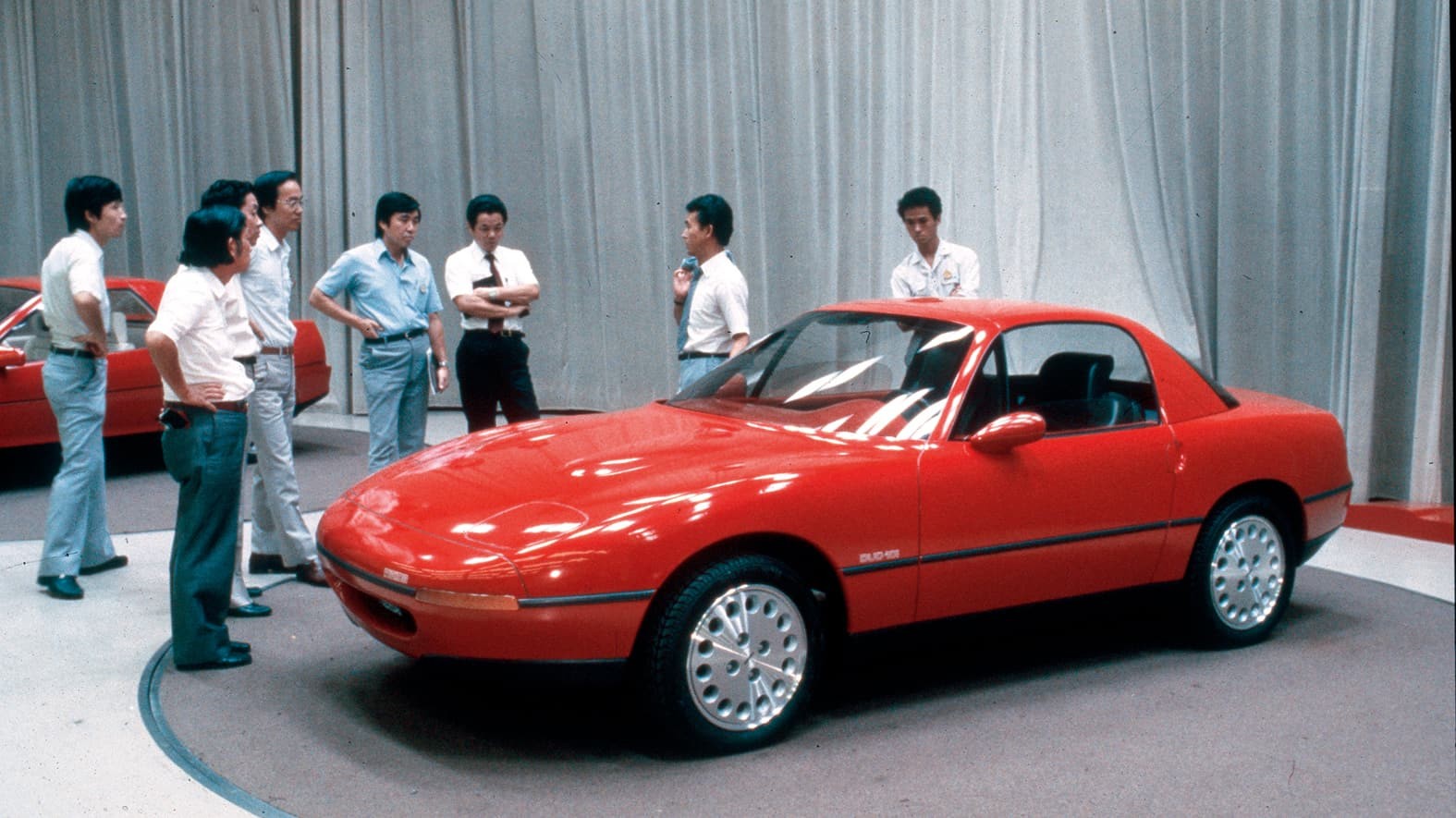
INSPIRE
The Mazda MX-5: design with a
human touch
The pioneering concept of Kansei engineering has played a major role for Mazda over the years, particularly in the development of the original MX-5.
Kansei engineering, or emotional engineering, is a key design concept for Mazda, dating back to the days of Toyo Kogyo (the company’s former name). Mazda’s history of manufacturing vehicles dates back to the 1930s and, over the years, the company has evolved a theory that emotions such as joy and excitement are as crucial in development as technical specification.
It was, however, former CEO Kenichi Yamamoto who championed Kansei engineering as a cornerstone of Mazda’s philosophy. Yamamoto was appointed head of the company in 1984, when computers were permeating every aspect of life (including automotive manufacturing). Yamamoto insisted that technological advancement should not detract from the focus on the driver experience.
With car ownership widespread in the 1980s, many manufacturers had developed models that appealed to a broad market, with compromised results. But Yamamoto believed that a car should have personality and character, rather than mass market appeal. He said that Mazda should create vehicles that met the needs of each individual, instead of attempting to address a wide range of requirements.
Car Culture Theory

The Car Culture Theory of Kenichi Yamamoto centred on the idea that vehicles must meet the needs of each individual, and led to the development of the MX-5.
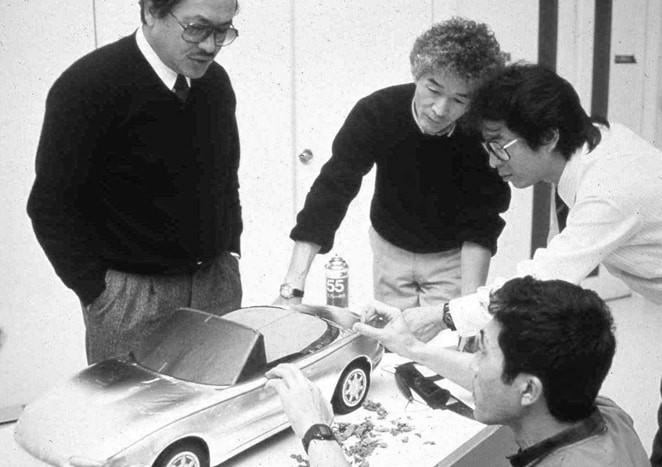
The Car Culture Theory of Kenichi Yamamoto centred on the idea that vehicles must meet the needs of each individual, and led to the development of the MX-5.
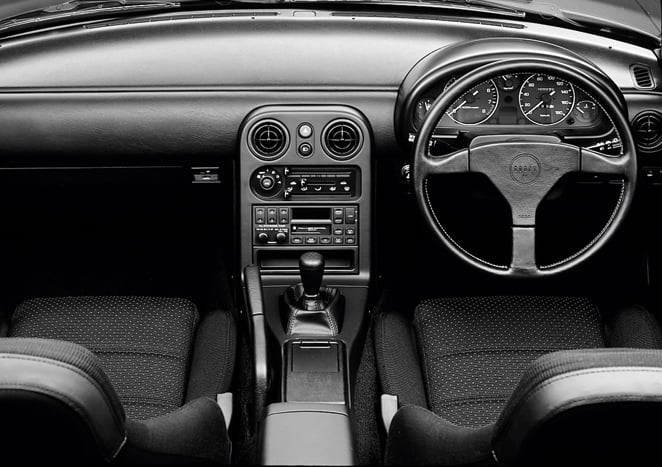
The Car Culture Theory of Kenichi Yamamoto centred on the idea that vehicles must meet the needs of each individual, and led to the development of the MX-5.
Yamamoto’s Car Culture Theory took inspiration from Kansei engineering, which he interpreted as “a psychological action caused through our five senses. The car must captivate not only the driver’s imagination but also that of the occupants”. This got Mazda engineers thinking: “What is it that only Mazda can do?”
The company’s answer was a lightweight sports car, a bold move given the market outlook. The project was managed by Toshihiko Hirai, a designer at Mazda since 1961, and development of the car that would become the Mazda MX-5 soon got under way.
“Yamamoto’s Car Culture Theory took inspiration from Kansei engineering: The car must captivate not only the driver’s imagination but also that of the occupants.”
The key dynamic concept of the MX-5 was Jinba Ittai. Still used by Mazda today, this philosophy sees the car as an extension of the driver’s body and is also a product of Kansei engineering. Hirai and his team researched the feelings and sensory experiences encountered while driving the prototype front-engine, rear-wheel-drive MX-5, identifying values such as unity, driveability and directness.
From the action of the manual transmission to the car’s behavior under braking, they meticulously applied these values to every aspect of the MX-5’s design. While the development phase continued to throw up challenges, Hirai’s team persevered with Kansei engineering and human-centric design, and the first Mazda MX-5 was produced in 1989. The rest is history…
Words Shogo Hagiwara

find out more
Captivate your imagination
Discover the joy of driving
